Iconic or clichéd, sunsets are amongst the most photographed subjects not only for us photographers but also the average person in the street. The reason? They are beautiful, mother nature at her very best, starting and ending the day in style.
They are also quite difficult to get right, not only from a technical point of view but also from a compositional aspect. Today we are going to look at making your sunrise and sunset shots stand out from the crowd.
We start with the technical aspects of shooting the sun. There are two aspects that often lead to poor quality sunset shots, exposure and color. Both of these are easily overcome but you will need to override your cameras automatic settings. (See our newer article on landscape photography settings for a deeper dive on that).
How to Nail Your Exposure Perfectly in Sunset Photography
Because, in general, your camera is expecting an average amount of light, when presented with the brightness of the sun, it can tend to overcompensate and under-expose. To maintain good definition in the sky, rather than just the sun, try reading your exposure from an area of sky near the sun but without the sun in shot.
Alternatively, you can shoot manually or by using exposure compensation. In most cases you will find that you need to increase the exposure – longer shutter speed or wider aperture – to bring back definition to the sky. Watch you histogram too, increasing the exposure too far will lead to blown highlights, in this case, the sun which will effectively ruin the shot.
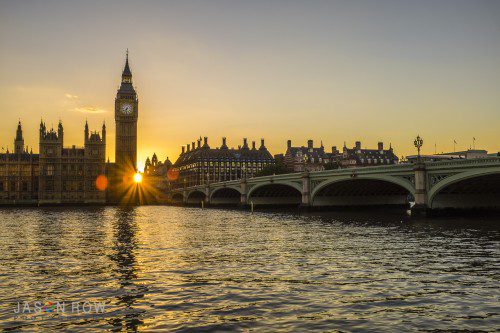
The Keys to Color for Sunset and Sunrise Photos
The other technical issue is color and for similar reasons as exposure. If you are shooting with an auto white balance, the camera will tend to over compensate for the deep reds and orange of the sky, trying to neutralise the colour. The end result is a wishy-washy, unsaturated image that does not do the sunset justice.
The options to prevent this are to set a different white balance preset, cloudy or shade often work well, manually set a white balance using a white card or to shoot RAW. The advantage of shooting RAW is that no white balance is applied to the image so you correct it later in post-production.
If you are struggling with your control of light, then we recommend you go into depth with it with Photzy's Understanding Light guide.
Using Good Composition for Better Sunset Images
One of the biggest mistakes newcomers make in sunset/sunrise shots is to ignore composition. The end result is a shot that is half sky, half land with the sun dead center. Great sunset shots however, use the traditional rules of composition or break them if required.
Many articles will suggest the use of a telephoto lens and this is indeed a good way to get an amazing looking sun. The use of the long lens allows you to compress the apparent perspective but to do this you are going to need a foreground subject. This can be anything from a structure to people but it should work as a compositional device to direct your eyes towards the sunset.
By the very nature of the shot, the subject that you use will be backlit. Depending on your exposure, it will either be a total silhouette or maintain some definition. Play around with your exposure to find what works best.
If using a telephoto lens, it is preferable to use your camera’s LCD screen to compose. Although the sun is not as strong at sunrise or sunset compared to the rest of the day, you should always try to protect your eyes. It's not such an issue if using wide or extreme wide lenses as the magnification is much less.
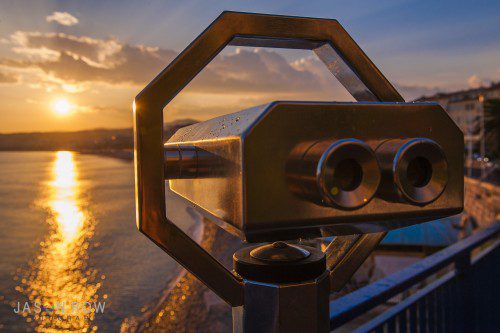
Wide angle sunsets can be equally as dramatic as telephoto ones. Although the sun will be much smaller in the shot, we have many more elements that we can include. These can be dramatic ripples of sand on a beach leading the eye to the sun, or a vast expanse of sky with beautiful clouds and just a little foreground to hold the bottom of the frame.
One of the biggest issues with wide angle sunsets will be lens flare. Making sure your lens is very clean will help but it's not always possible to eliminate. Some shots can even look amazing by utilising the lens flare as a compositional tool.
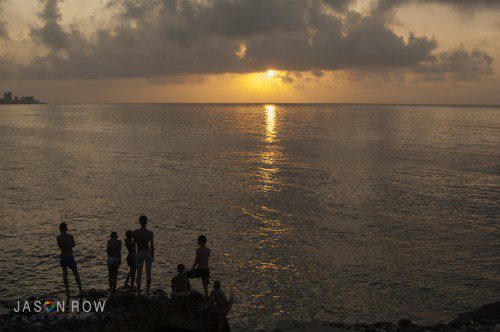
As mentioned, great sunset shots require good composition. Look for leading lines, rules of thirds and foreground interest to get that composition. Unless it really works, avoid a 50/50 sky and ground with the sun in the dead center.
You don’t need to actually have the sun in every sunset shot. You can silhouette it against a foreground subject or merely suggest at it from a golden sky or reflections in water. Try experimenting with different approaches, with and without the sun in shot.
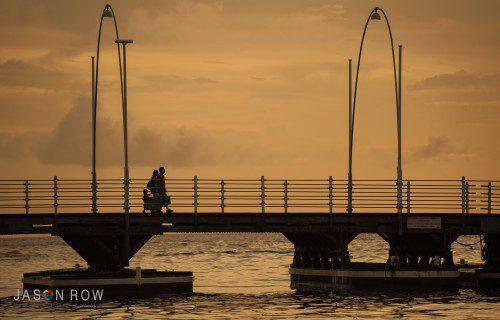
Almost more than many other types of photography, an in depth understanding of light can result in amazing sunset photographs. To help you on the path to that wisdom, do check out the Understanding Light guide on Photzy.
In summary, sunset shots do not have to be clichéd. They can be creative and beautiful if taken with a little forethought and composition. Using some of the tips in this article you can take your sunsets to the next level.
Further Sunset Photography Resources
- Understanding Light by Kent Dufault
- How to Photograph Sunsets
- Better Skies Lightroom Presets by Presetify

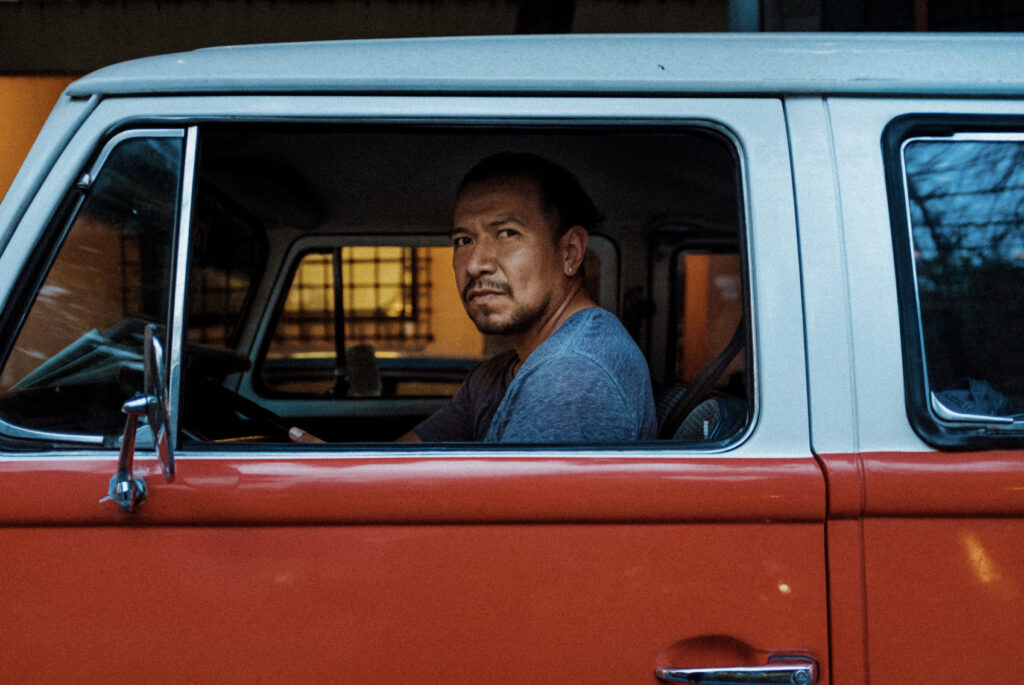
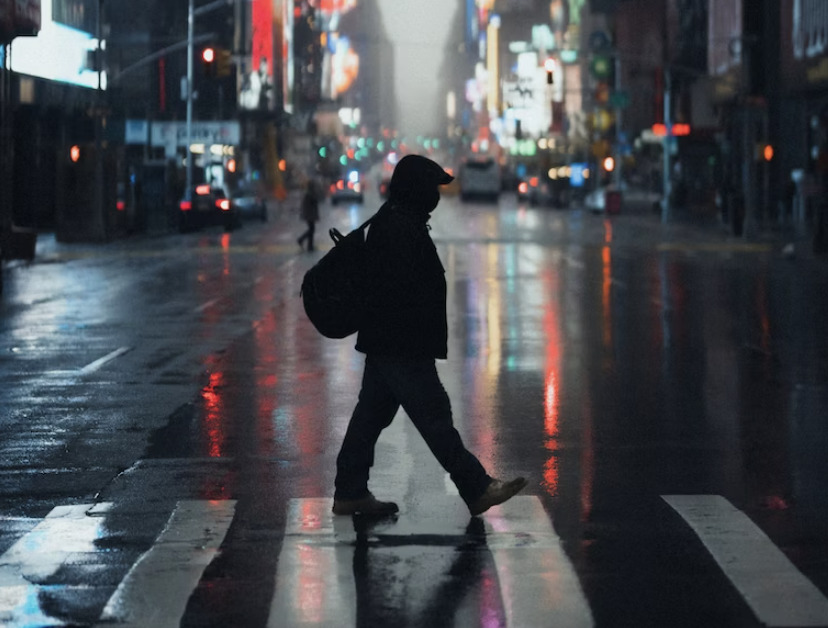
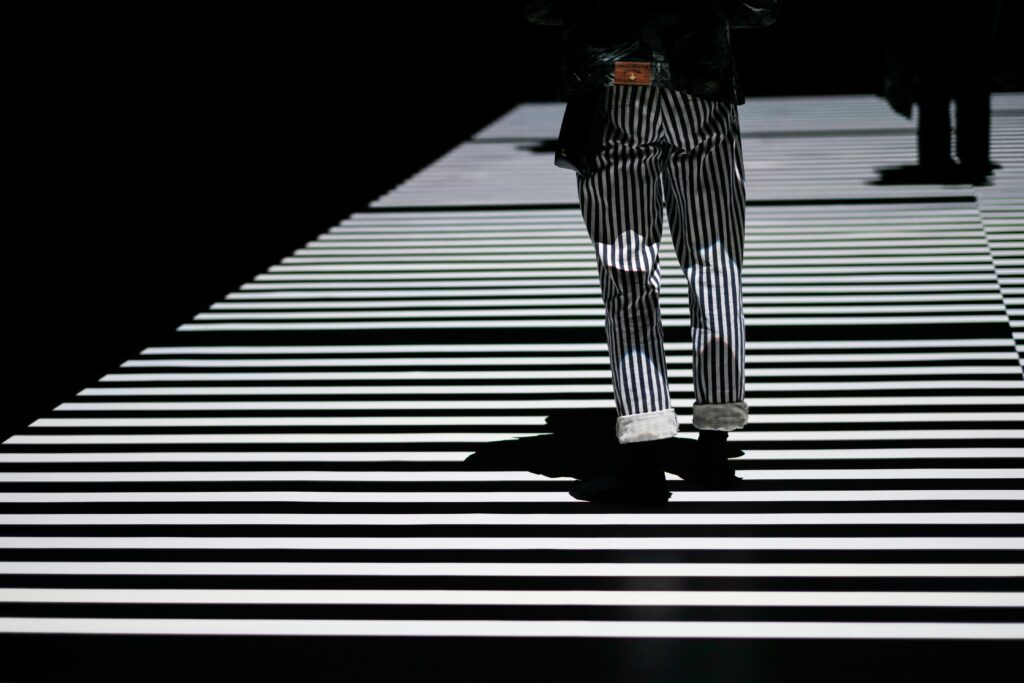
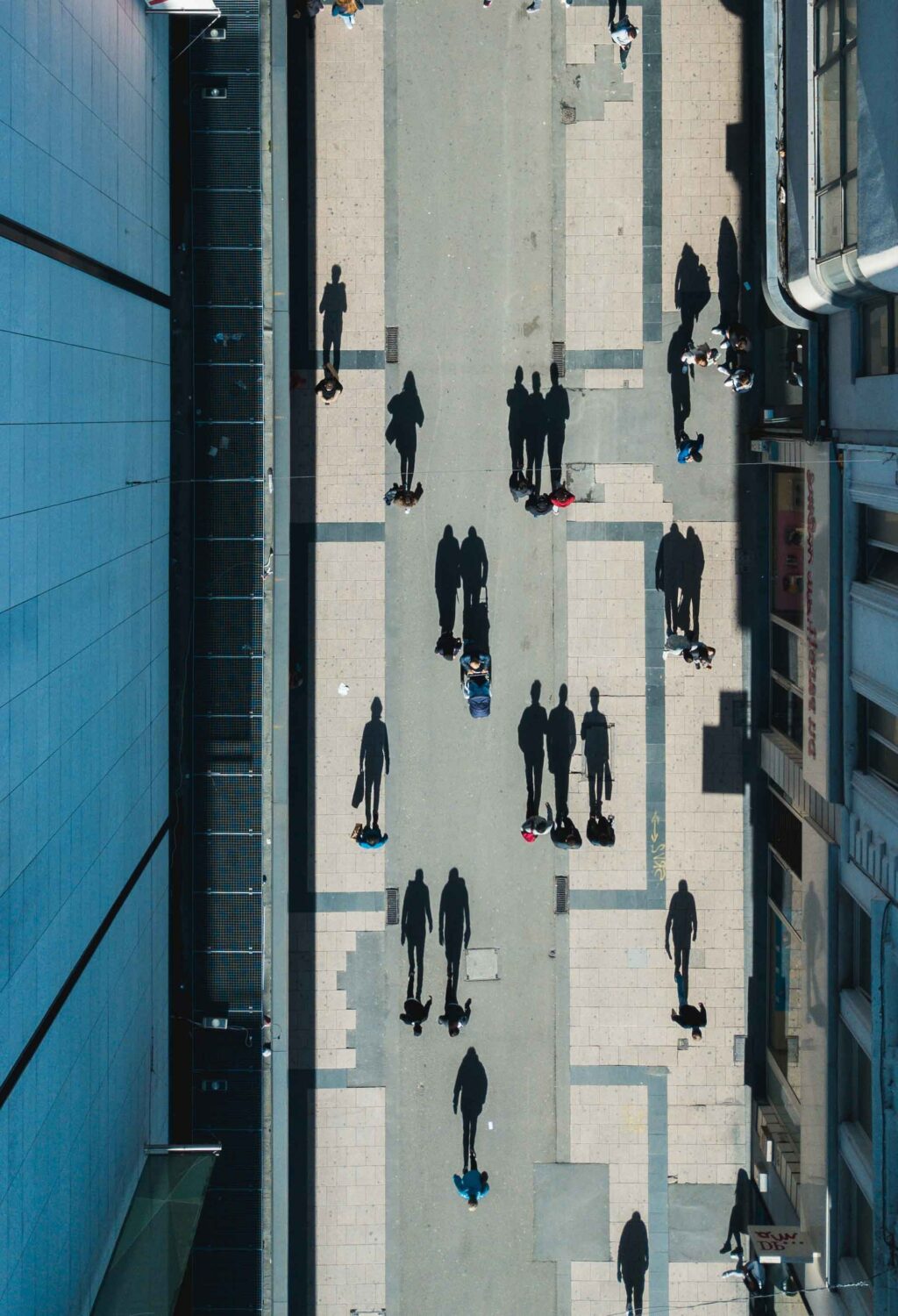
5 Comments
The form to get the sheet sent is not set up properly, cannot receive it
I love your tips…they are easy to underdtsand for beginners!
https://flic.kr/p/GtMTq3
thanks for the information which has really enriched my photography
Jason, your photographs speak for themselves!! The way you get texture in the water, I’ve never notice that in photo’s of others, I don’t know if it’s my lack of observation but I see the pro in your results. Is that Big Ben with the sun low in the horizon & did you shoot that shot around f/16? Also to set the white balance preset to cloudy or shade it never dawn on me to try that. I’ve tried shooting clouds with the white balance set to Fluorescent to get a more blue tint just to experiment on a nice California afternoon. Thanks for the help now I can’t wait till I go out and try your suggestions…Mike